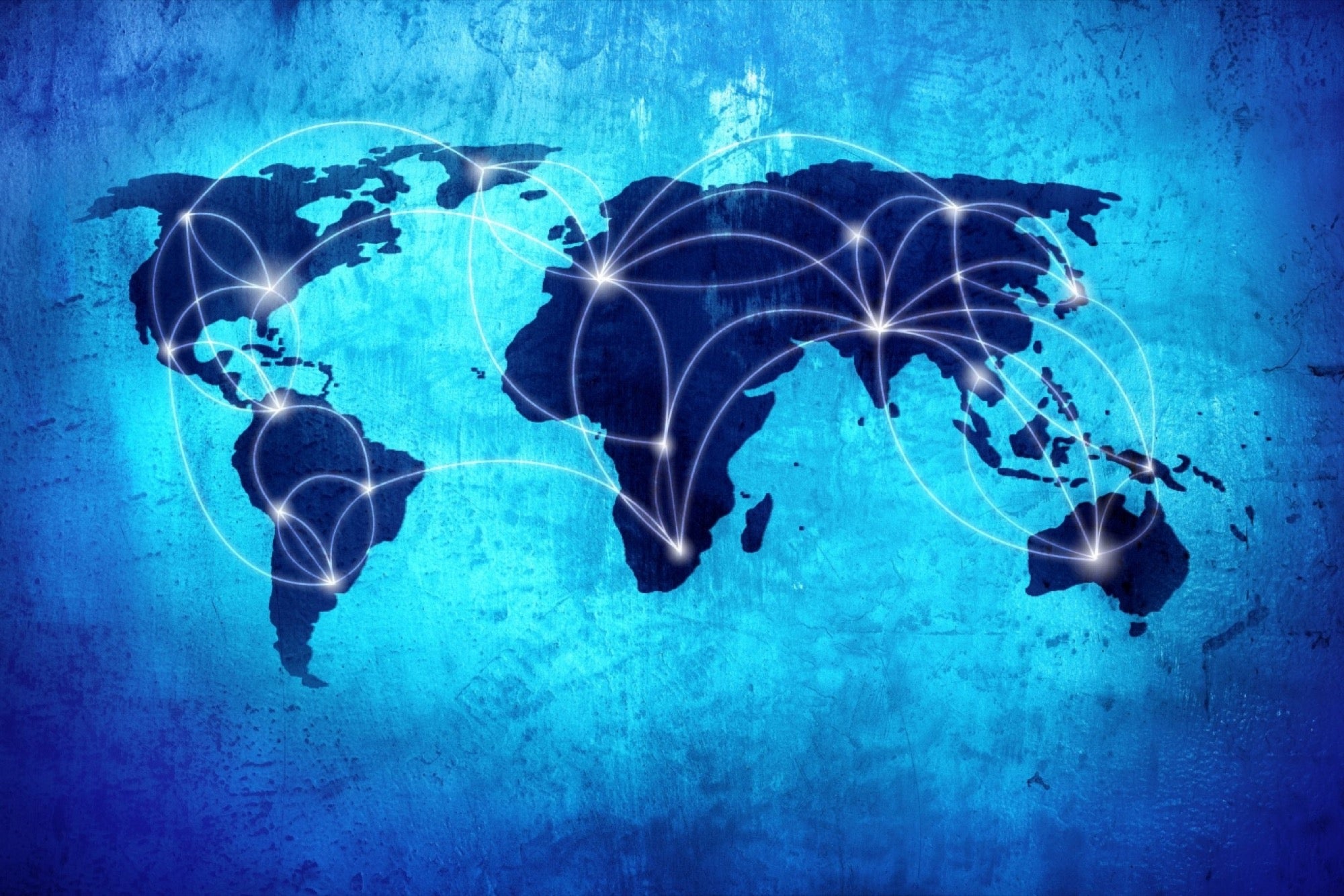Rami Grossberg’s Approach to Discreet, Effective Private Investigations
When it comes to revealing the truth with accuracy and secrecy, Rami Grossberg distinguishes himself with a special approach anchored in professionalism, discretion, and outcomes. His investigation approach guarantees accurate information for customers by combining strategic thinking with a strong sense of ethics, therefore preserving total privacy. Whether he is managing personal affairs or difficult business issues, רמי גרוסברג his work’s cornerstone is still trustworthy assistance with complete secrecy.
Customized Plans for Every Situation
Every study starts with a well-defined customer need. Rami emphasizes creating particular strategies appropriate for the circumstances instead of using a universal solution. Every matter, including background checks, surveillance, or fraud investigations, is handled systematically. This customized method guarantees not just efficiency but also low dangers during the operation. Customers like this degree of adaptation as their issues are being carefully taken care of.
Discretion that fosters confidence
Good research mostly depends on judgment. Maintaining secrecy is a basic value rather than only a phase of the process. Rami Grossberg gives discreet, behind-the-scenes work protecting client critical information and identity top priority. For people and companies looking for solutions without the limelight, he is a consistent source, as he can compile information without drawing notice. This respect of privacy lets clients feel safe all through the inquiry.

Making Use of Modern Tools with Testable Strategies
Although judgment is important, efficiency results from integrating contemporary technologies with classic investigation methods. From digital research and GPS tracking to interviews and monitoring, Rami employs a mixed bag of techniques. His method is measured yet rigorous, avoiding needless exposure while gathering insightful analysis. Especially in time-sensitive situations, this combination of traditional knowledge and modern technology enables fast, precise results.
Professionalism Under Difficult Conditions
Investigations may fall amid trying or uncertain times. Keeping professionalism under duress is really vital, and Rami’s cool, collected approach makes clients feel supported. Whether the matter is personal relationships or corporate misbehaviour, he is impartial, straightforward, and cool. His professional approach guarantees that even difficult or emotional circumstances are handled with the gravity they merit, therefore providing clients trust in any aspect of the job.
Results That Change Things
Results count in the end, though. Clients want evidence, closure, or clarity exactly what good investigations produce. רמי גרוסברג distinguishes his work by emphasizing the delivery of significant, confirmed results. Before being presented, every piece of data acquired is meticulously verified to guarantee that customers get only accurate insights they can confidently use.
A delicate field needing a mix of intuition, prudence, and knowledge is private investigation. Clients of Rami Grossberg get a careful, professional approach that gives their privacy and requirements first priority. In even the most sensitive of affairs, his dedication to honesty, respect, and outcomes makes him a reliable partner.






